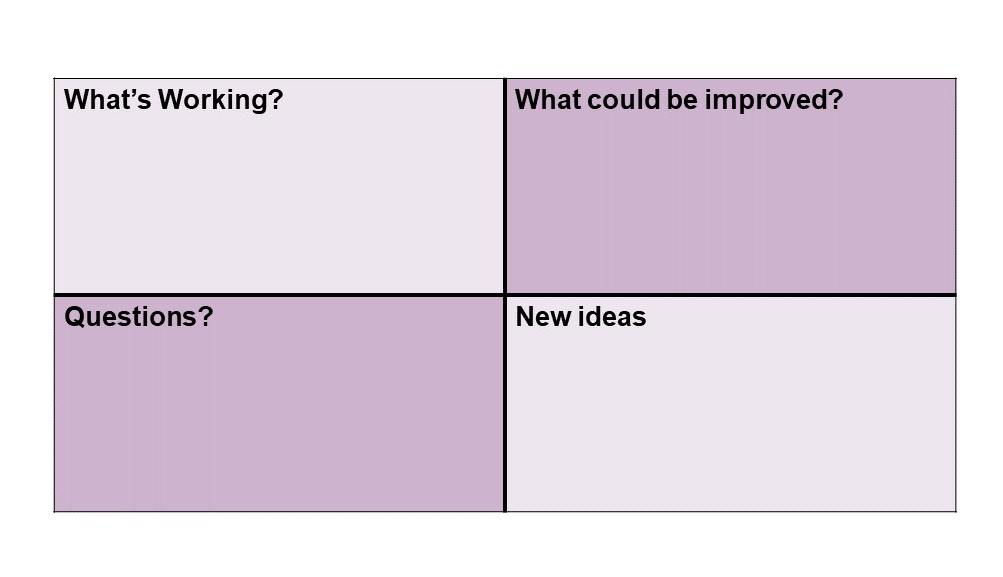Feedback is an essential part of our learning process and a key ingredient to acting innovatively. And usually, it’s the reason we engage people during a project – to find out what they think and incorporate those views into the development of your project. It’s also why we talk about our work to our peers – to get advice and test viability.
But sometimes engagement is used as a “tick a box” along a project timeline with no real thought to how to meaningfully use that information. And sometimes our workplace doesn’t give you a chance to get feedback as you develop a product or service.
This is an opportunity missed. So, here are two techniques you might like to consider to enhance the use of feedback in your project development:
Modes of Feedback
Using feedback is something teachers are very familiar with and there is a lot of research about how to do it to maximise effectiveness too. John Hattie has been studying this topic for over a decade and found that feedback is essential when we want to improve practice and attain high professional standards.
Hattie has identified three effective feedback modes to improve learning:
- Feed Up – Where are we going? What are our goals?
- Feed Back – How are we going? Responding to what is happening now.
- Feed Forward – Where to next? How do we get there?
Framing our feedback in this way provides a structure to close the gap between our goals in a project and how we might achieve them.
Feedback Capture Grid
Another great method is a feedback capture grid. This provides a real time structure to sort feedback you are receiving into four quadrants:

This is a great tool to immediately start to synthesize the feedback you are receiving that you can then action, particularly if you are testing a product or new service.
How do you use feedback to inform your work?
